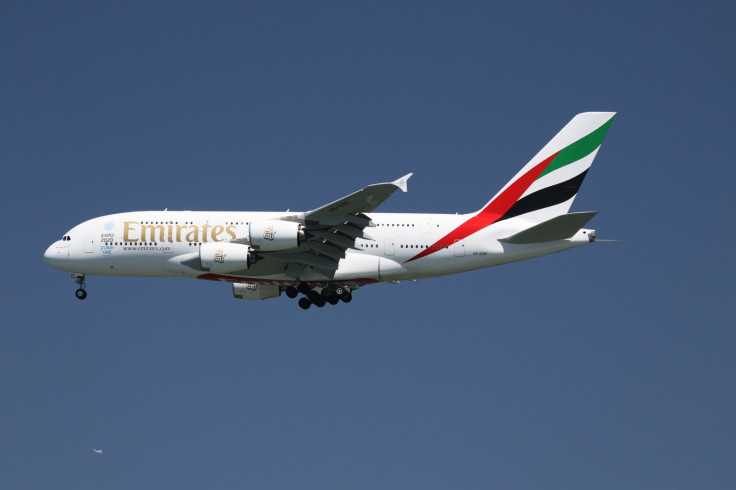Climate change causing more turbulence during air travel: study
Flying in North Atlantic skies have become 55 per cent tougher between 1979 and 2020.

A new study by scientists at Reading University in the UK has found that flight turbulence has increased due to climate change.
This becomes all the more dangerous because it occurs in cloudless skies which is invisible to a plane's radar. Clear air turbulence is only expected to increases in coming years as the air gets warmer and warmer.
Turbulence due to a storm or heavy cloud coverage can at least be detected, unlike clear-air turbulence. It not only makes air travel a little scary and risky but also affects aircraft. It costs airlines millions of pounds in repairs for structural damage caused by the turbulence..
The study, which has been published in Geophysical Research Letters, states that flying in the North Atlantic has become 55 per cent tougher between 1979 and 2020 due to air turbulence.
"Following a decade of research showing that climate change will increase clear-air turbulence in the future, we now have evidence suggesting that the increase has already begun," said Paul Williams, co-author of the study.
The statement further stated that the airlines will now need to think about how they plan to deal with the issue.
Williams has been warning about the effects of climate change on air travel for decades now. In a letter he wrote for the journal Nature Climate Change in 2013, he said that clear-air turbulence is particularly problematic because it cannot be seen by pilots, satellites or on-board radars.
This sort of turbulence is linked to atmospheric jet streams, which are expected to become stronger as climate change worsens.
"Aviation is partly responsible for changing the climate, but our findings show for the first time how climate change could affect aviation," he said.
He believes that better prediction of turbulence in advance is the only ray of hope as it will help pilots to fly around it.
The latest study has shown how climate change impacts the planet and how its effects can be felt not just at the surface with warmer temperatures, but also higher up in the circulation of the atmosphere.
This is not the first time that scientists have warned of increasing incidents of air turbulence. In 2017, a study warned that "severe turbulence" would become an everyday thing for flights by the 2050s and 2080s.
Turbulence categorised as severe is caused by forces that are stronger than gravity and can toss people and baggage around cabins in flight, noted a report by Science Daily (SD). The regions that will be affected also happen to be the ones that researchers have identified as having routes that handle the most air traffic.
The increase in severe air turbulence is reportedly a result of global temperature changes, which seem to strengthen unstable winds at high altitudes in jet streams. This, in turn, is making pockets of rough air more frequent and intense.
Accounts of severe turbulence causing injuries to travellers and luggage being thrown about the cabin show that such incidents, while not deadly or dangerous to the aircraft itself, can be harrowing for passengers and crew.
A similar study found that climate change could even make air travel expensive. In 2016, researchers from the University of Reading warned that a doubling of the amount of carbon dioxide in the atmosphere would accelerate jet streams, and narrow air currents in the upper atmosphere that typically flow from west to east, increasing travel times for those flying westward over the Atlantic.
This means more time in the air for passengers flying from London to New York, in addition to other undesirable effects such as greater turbulence.
Scientists say the changes will lead to increased fuel consumption and emissions by airlines and potentially steeper ticket prices for passengers. The findings were published in the journal Environmental Research Letters.
© Copyright IBTimes 2024. All rights reserved.






